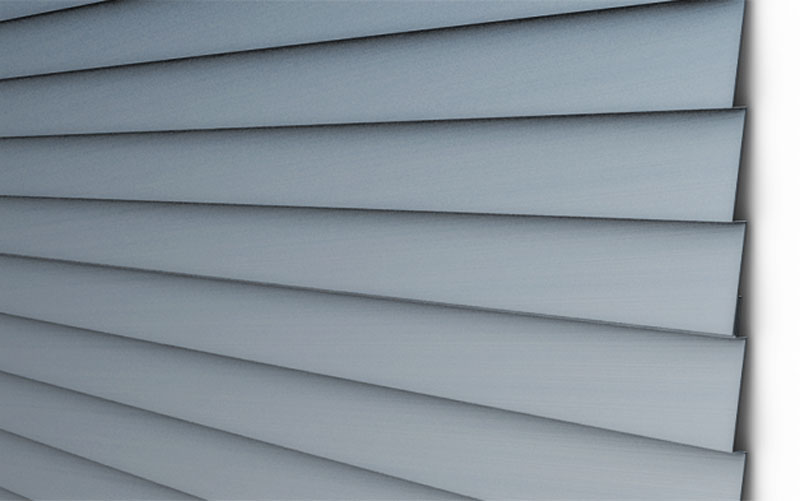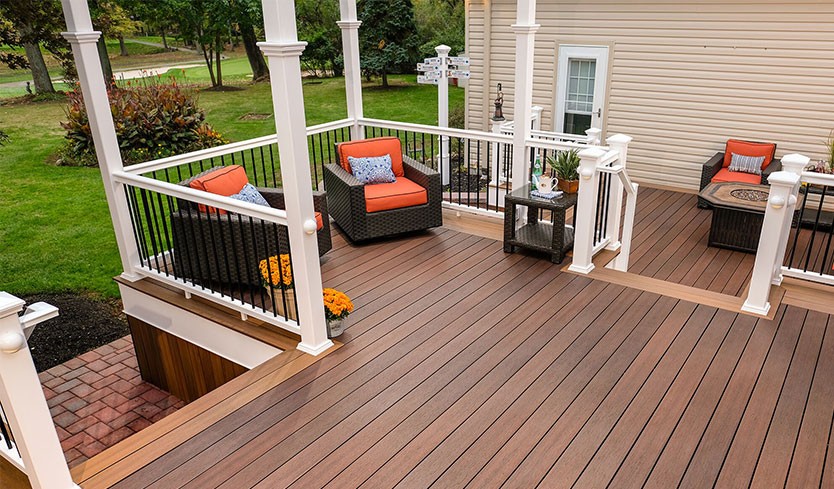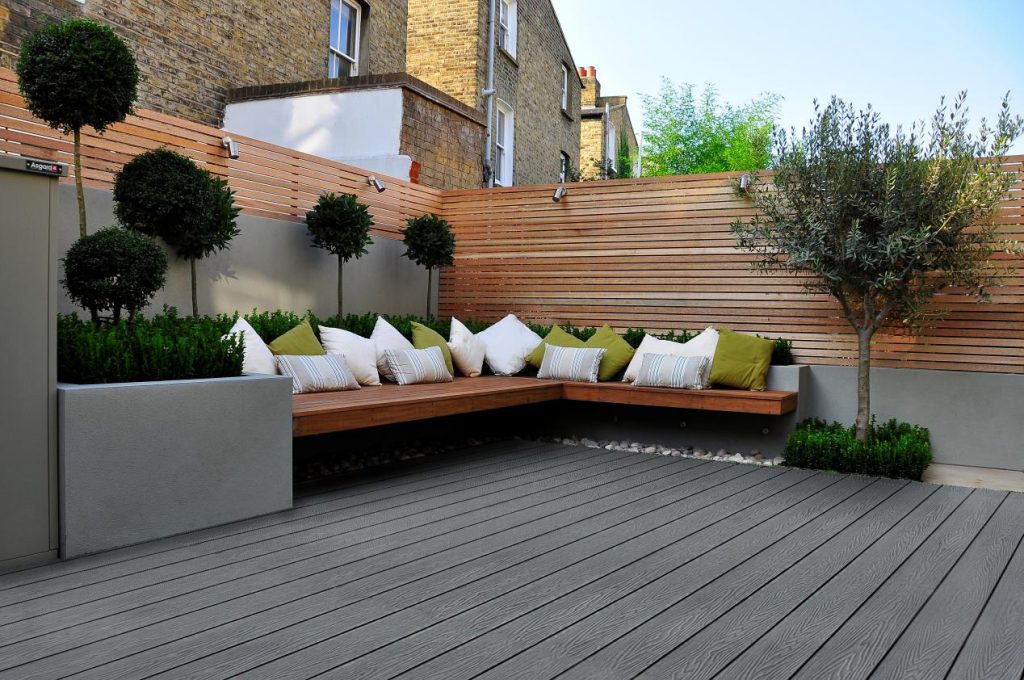In modern architecture, facade design plays a crucial role in balancing aesthetics, performance, and sustainability. One material that has gained significant popularity in recent years is WPC facade cladding. Short for Wood Plastic Composite, WPC combines natural fibers and recycled polymers to create a durable, low-maintenance, and eco-friendly alternative to traditional cladding materials such as wood, cement boards, or aluminum panels.
Table of Contents
This article explores the diverse applications of WPC facade cladding, its advantages in residential and commercial projects, the factors influencing WPC facade cladding price, installation practices, and why it has become a preferred choice for contemporary exterior design.
What Do You Know About WPC Facade Cladding?
WPC facade cladding is a type of exterior wall covering made from a mixture of wood fibers, plastic polymers, and additives. This composition allows the product to mimic the natural appearance of timber while delivering the resilience and weather resistance of plastic. Unlike solid wood, WPC does not warp, rot, or splinter, making it ideal for outdoor applications.
The main functions of WPC facade cladding include:
Aesthetic enhancement: It provides a warm, natural look while offering a wide range of color and texture options.
Protection: It shields building walls from rain, UV rays, and temperature fluctuations.
Insulation support: It contributes to thermal and acoustic insulation when paired with suitable wall structures.
Low maintenance: Requires minimal cleaning and no painting or sealing compared to wood siding.
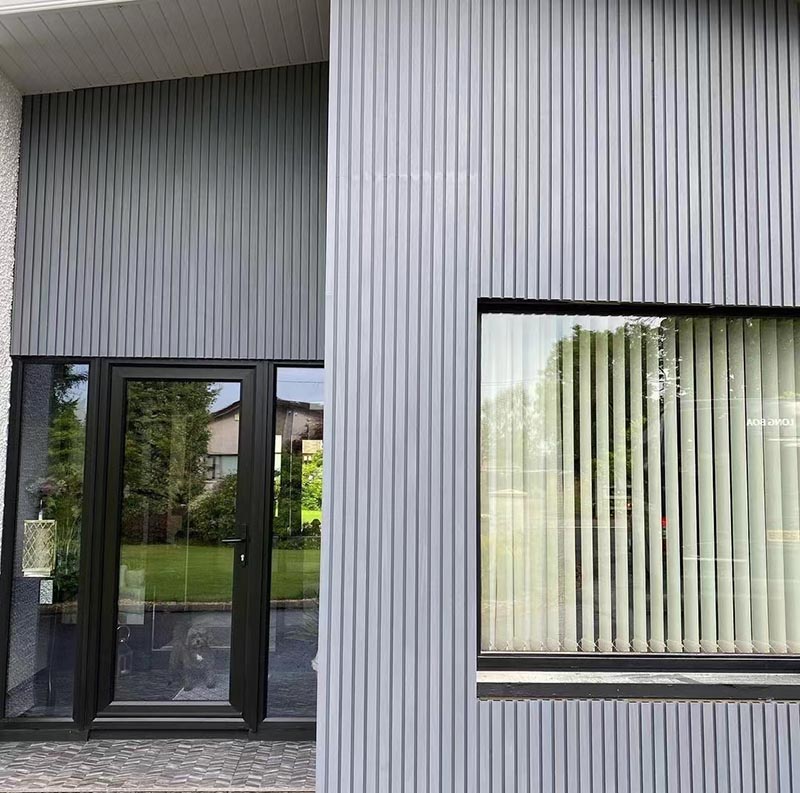
Residential Applications of WPC Facade Cladding
1. Modern Home Exteriors
Modern houses demand materials that balance natural beauty with practical advantages. WPC facade cladding gives homeowners exactly that by offering a variety of textures and finishes that replicate real wood without the disadvantages of weathering, cracking, or warping.
Front Elevations: Cladding installed on the main exterior walls immediately boosts curb appeal and provides a welcoming, contemporary first impression.
Garage Exteriors: Instead of plain concrete or metal, WPC cladding gives garages a warmer and more integrated look with the rest of the house.
Entryways and Porches: Using cladding around the front door or porch area creates a stylish focal point and adds character to entrances.
Color plays a vital role in these designs. Warm shades like teak and cedar blend naturally with greenery, while cooler tones like grey and charcoal emphasize a bold, minimalist appearance.
2. Balconies and Terraces
Balconies and terraces are often exposed to rain, heat, and UV radiation. Traditional wooden coverings deteriorate quickly under these conditions, but WPC cladding ensures durability.
Balcony Walls: Covering exposed walls with WPC adds a clean and uniform surface resistant to fading and water stains.
Parapets and Railings: Some homeowners even extend WPC cladding to railings or parapet walls for consistent styling.
Rooftop Terraces: On rooftop lounges, WPC panels serve as protective siding against harsh weather while maintaining a cozy outdoor ambiance.
In addition, WPC’s slip-resistant properties make it ideal for terrace surroundings, especially where water exposure is frequent.
3. Garden Structures
Beyond the main residence, WPC cladding proves useful in enhancing outdoor living spaces.
Pergolas and Gazebos: WPC siding offers a wood-like charm while resisting mold growth, ensuring longevity in damp conditions.
Garden Fences and Partitions: Some homeowners use WPC panels as decorative fencing to match their cladding, creating a cohesive outdoor design.
Tool Sheds and Greenhouses: By protecting against termites and rot, WPC ensures storage sheds remain functional without constant repairs.
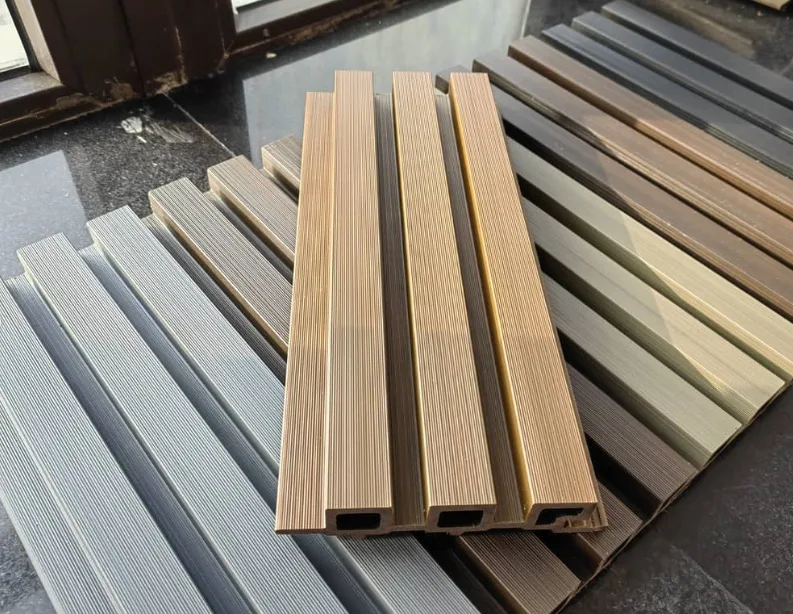
Commercial Applications of WPC Facade Cladding
1. Office Buildings
Corporate offices often require exteriors that communicate professionalism, innovation, and reliability. WPC cladding meets these expectations by delivering clean finishes and flexible design.
Headquarters Exteriors: Installing WPC across entire office facades creates a polished, modern image for corporate branding.
Conference Centers: These venues frequently use cladding to establish a sleek and welcoming environment for business visitors.
Parking Structures: Cladding applied to the outer walls of office parking areas provides a uniform look that integrates with the main building.
In addition to its aesthetics, the low maintenance requirement of WPC reduces long-term facility management costs—something commercial developers value highly.
2. Retail Stores and Restaurants
Retail outlets and hospitality spaces must grab attention and invite customers in. WPC cladding achieves this through its natural wood-like texture and adaptable finishes.
Boutique Storefronts: Smaller stores use cladding as accent walls to stand out among neighboring shops.
Shopping Centers: Large-scale malls apply WPC panels to create cohesive visual themes across multiple stores.
Restaurants and Cafés: Warm-toned cladding makes dining spaces more inviting, while darker shades can be used to express exclusivity for high-end establishments.
The ease of cleaning WPC cladding is particularly beneficial in urban environments where pollution and dirt accumulate quickly.
3. Hotels and Resorts
For the hospitality industry, first impressions are critical. WPC cladding provides an eco-friendly yet luxurious aesthetic that aligns with modern travel expectations.
Beach Resorts: Resistant to sea air and humidity, WPC prevents deterioration common with natural wood.
Mountain Lodges: Cladding in earthy tones allows buildings to blend seamlessly into natural landscapes.
Urban Hotels: Sleek WPC designs help city hotels present a contemporary and welcoming exterior.
Outdoor Lounges and Poolside Walls: Cladding can be extended to outdoor recreational areas, giving a unified resort atmosphere.
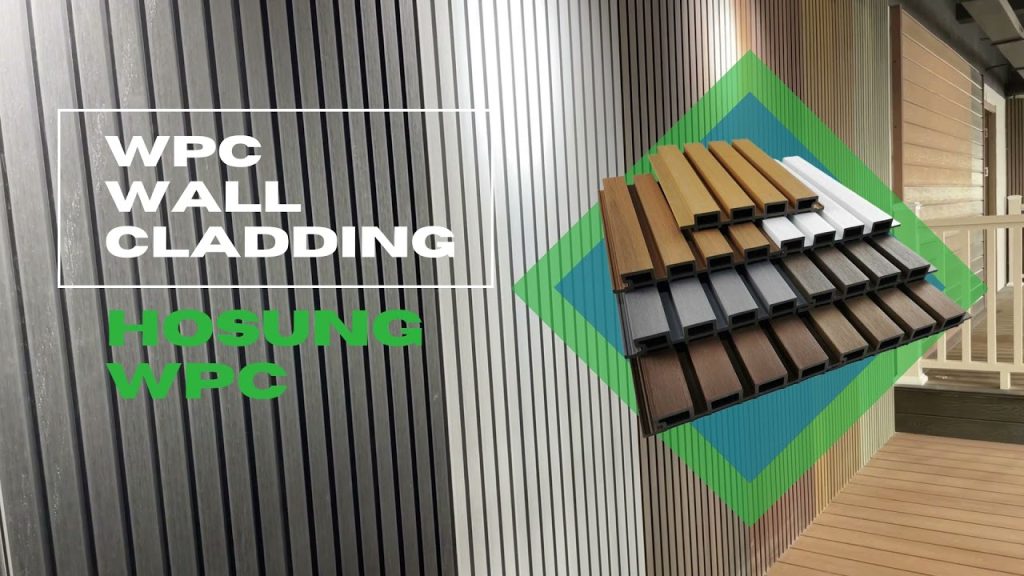
Benefits of WPC Facade Cladding in Architecture
Sustainability
WPC is often produced using recycled plastics and reclaimed wood fibers, reducing the environmental impact compared to virgin materials. Its long service life further contributes to sustainability by minimizing replacement frequency.Durability
Unlike traditional wood, WPC does not swell, warp, or rot when exposed to water. It resists pests, fungi, and UV radiation, making it reliable in both hot and humid climates.Design Flexibility
Available in a wide range of finishes, textures, and sizes, WPC facade cladding allows architects to achieve both rustic and modern looks. Some products even feature embossed surfaces that replicate wood grain for an authentic appearance.Cost-Effectiveness
Although the WPC facade cladding price may be higher than low-grade wood or vinyl siding at first, its minimal maintenance and long lifespan make it more cost-efficient in the long term.Low Maintenance
Routine cleaning with water and mild soap is typically sufficient. No repainting, sealing, or sanding is necessary, unlike natural wood cladding.

Factors Influencing WPC Facade Cladding Price
The WPC facade cladding price depends on several variables, including:
Material Composition: Higher wood content creates a more natural appearance, while higher plastic content increases durability. Premium blends often cost more.
Surface Treatment: 3D embossed, brushed, or co-extruded finishes enhance durability and aesthetics but raise the price.
Thickness and Dimensions: Larger or thicker boards are priced higher due to increased raw material usage.
Brand and Manufacturer: Established manufacturers may charge more for superior quality assurance and warranties.
Installation Costs: While the product itself may be affordable, professional WPC facade cladding installation adds to the total expense.
For buyers, it is crucial to balance upfront cost with performance and warranty to ensure long-term value.
WPC Facade Cladding Installation
Correct WPC facade cladding installation is vital to maximize durability and performance. The process typically involves:
Wall Preparation
The existing wall surface must be cleaned, leveled, and treated for moisture where necessary.Framework Setup
An aluminum or treated wood substructure is installed to support the cladding boards. The framework must allow air circulation to prevent trapped moisture.Fixing the Cladding
WPC boards are attached using concealed fasteners or clips for a seamless look. The system allows for thermal expansion and contraction.Finishing Touches
Corner trims, end caps, and edge profiles are added for a professional finish and enhanced protection.
Homeowners may attempt DIY installation, but hiring professionals ensures precise alignment, structural integrity, and warranty protection.
WPC Facade Cladding Exterior Design Ideas
The application of WPC facade cladding exterior solutions has evolved from simple siding to innovative architectural expressions. Here are some inspiring design approaches:
Mixed Materials: Combining WPC with stone, glass, or metal panels for dynamic facade aesthetics.
Vertical vs. Horizontal Layouts: Vertical installation gives buildings a taller, sleek look, while horizontal planks highlight width.
Accent Walls: Applying WPC cladding to specific sections, such as entryways or balconies, creates visual focal points.
Color Contrasts: Pairing light and dark tones within the cladding enhances depth and modern appeal.
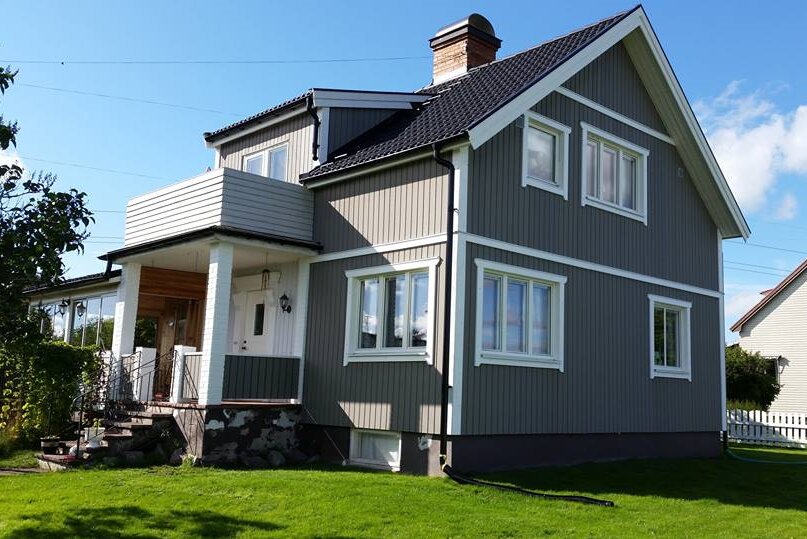
Comparison with Alternative Materials
WPC vs. Natural Wood
Wood offers authenticity but requires frequent maintenance.
WPC delivers a similar appearance with longer durability and reduced upkeep.
WPC vs. Fiber Cement
Fiber cement is highly fire-resistant but heavy and more difficult to install.
WPC is lighter, easier to handle, and offers better flexibility in design.
WPC vs. Aluminum Composite Panels
Aluminum panels offer a sleek, metallic look, suitable for commercial buildings.
WPC provides warmth and eco-friendliness, preferred in residential and hospitality projects.
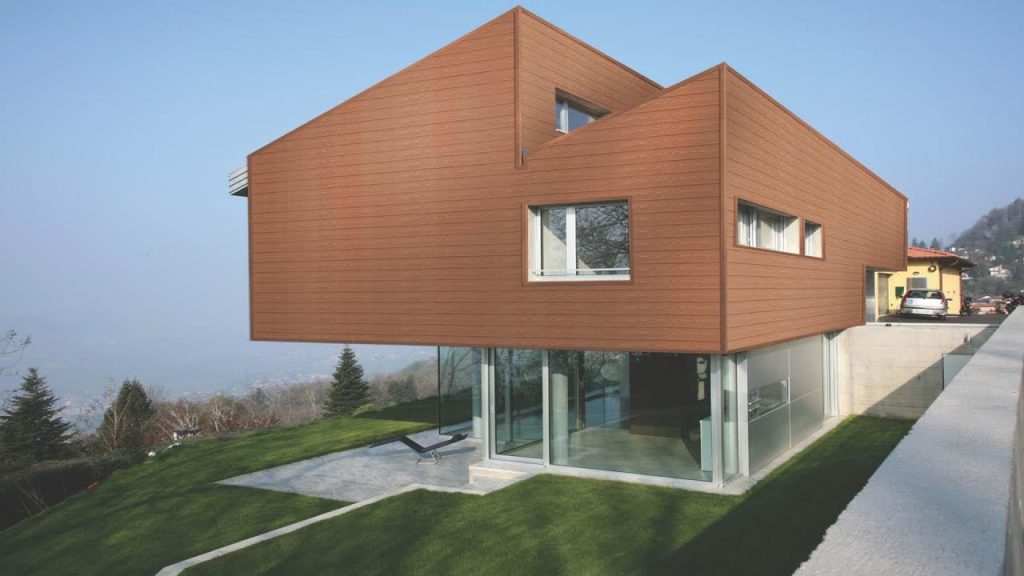
Longevity and Maintenance
The lifespan of WPC facade cladding ranges between 20 to 30 years, depending on product quality and installation. Routine maintenance includes:
Washing with mild detergent every few months.
Checking fasteners and trims periodically.
Avoiding harsh chemical cleaners to preserve surface finish.
This ease of care makes it especially attractive for property owners who want a long-lasting solution without high ongoing costs.

Conclusion
The application of WPC facade cladding spans across residential, commercial, and hospitality projects, proving its versatility and reliability. With its sustainable composition, design flexibility, and long lifespan, it provides architects and homeowners with a modern solution that balances beauty and function.
While the WPC facade cladding price may vary based on quality and installation requirements, its long-term savings and minimal upkeep justify the investment. Proper WPC facade cladding installation ensures durability, while creative use in WPC facade cladding exterior design elevates the visual appeal of any structure.
As urban development increasingly values eco-friendly and low-maintenance solutions, WPC facade cladding is set to remain a key player in the future of architecture.
Want to get wholesale price of WPC facade cladding? Welcome to contact Hosung WPC!

